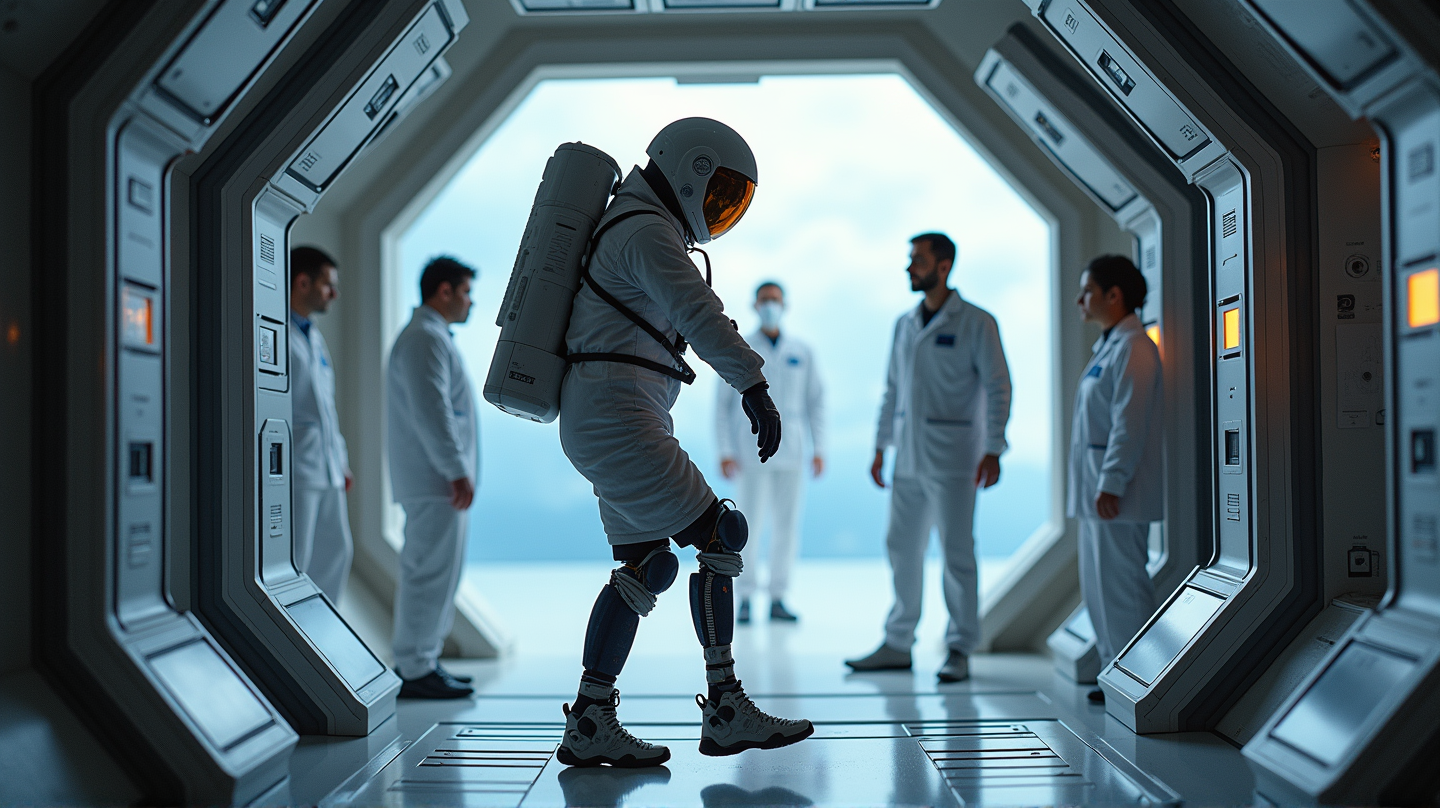Testing Prosthetic Mobility in Space: Advancing Inclusive Exploration
ESA's pioneering test of a prosthetic leg in zero gravity marks a milestone for inclusive space exploration. Stay tuned for the outcomes of this groundbreaking experiment.

In a remarkable advancement for space medicine and technology, the European Space Agency (ESA) has taken a significant leap by testing a lower limb prosthesis in microgravity. This groundbreaking experiment is part of ESA’s Fly! initiative, aiming to overcome traditional barriers and include lower limb amputees in extended space missions. As stated in Space Daily, this initiative is not just a technical test but a move towards inclusive space exploration, preparing for the onset of diverse crews.
John McFall’s Historic Role in Zero Gravity Testing
John McFall, a through-knee amputee and ESA astronaut reserve, embarked on this extraordinary mission by participating in over 90 parabolas during three separate flights. These flights provided alternating periods of microgravity, mimicking conditions aboard the International Space Station (ISS). McFall put his prosthetic leg through rigorous testing, including squatting, walking, and running, all performed under conditions akin to space.
The Technological Edge: Prosthetic Design and Testing
Equipped with Ottobock’s mechatronic “smart” knee, McFall’s prosthesis featured interchangeable components tailored for daily use and athletic performance. The ESA Fly! research team devised the Ampu-T2 experiment to meticulously evaluate how this advanced technology fares in space’s weightless environment. Efforts concentrated on understanding variations in blade stiffness and knee resistance, crucial factors for prosthetic performance in microgravity.
Beyond the Tech: Health Implications and Training Protocols
While this experiment is a marvel of technological prowess, its broader implications for astronaut health cannot be overstated. On Earth, bone stress from physical activity maintains density, a natural process disrupted in space, leading to rapid bone and muscle loss. McFall’s tests are paving the way for adaptive training protocols that could keep astronauts healthier and more resilient during missions. This could revolutionize training for prosthetic users in orbit, ensuring their physical well-being on long-duration missions.
The Vision of Fly!: Embarking on Future Inclusive Missions
Fly! embodies ESA’s commitment to fostering an inclusive future in space exploration. This initiative exemplifies the integration of diverse talents and represents a significant step toward preparing humanity for a future in which everyone can contribute to and participate in space missions. With this test, ESA has laid the foundation for prosthesis users to actively partake in space exploration, igniting hopes and ambitions for diverse crews on future missions.
In conclusion, ESA’s test of prosthetic mobility underlines a future where inclusion is at the fore of technological advancements. This initiative not only breaks past limitations but also opens doors for broader participation in humanity’s journey into the cosmos.

